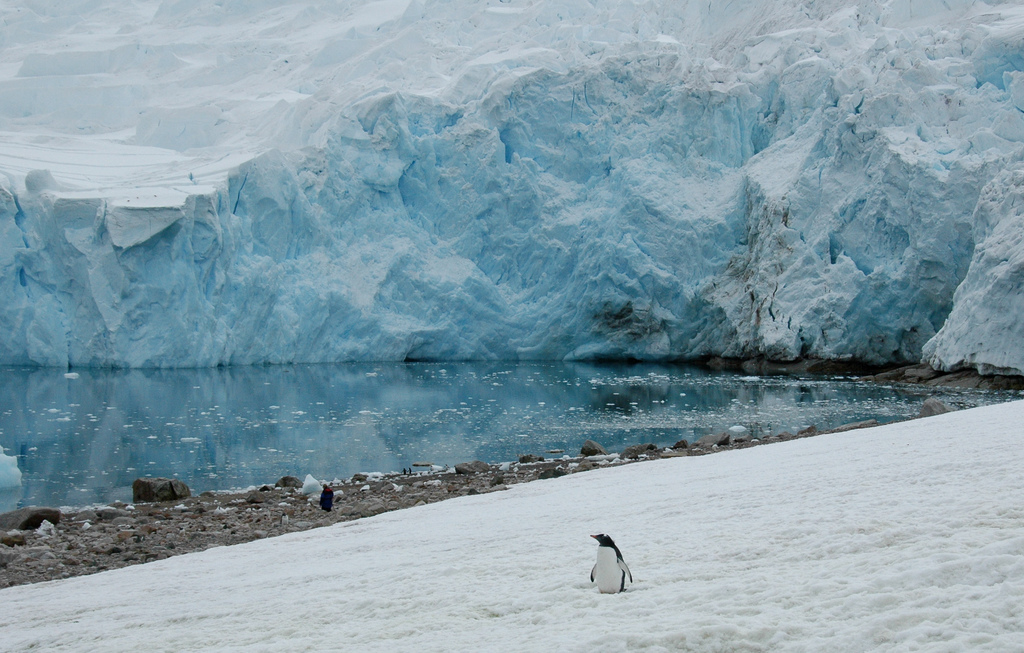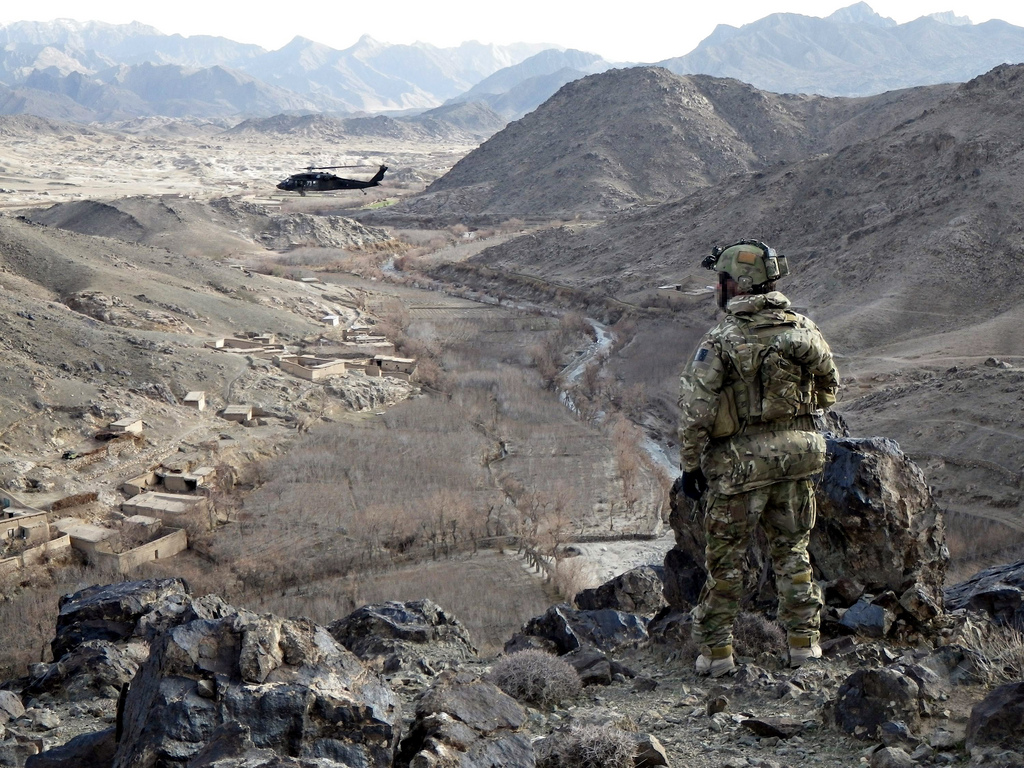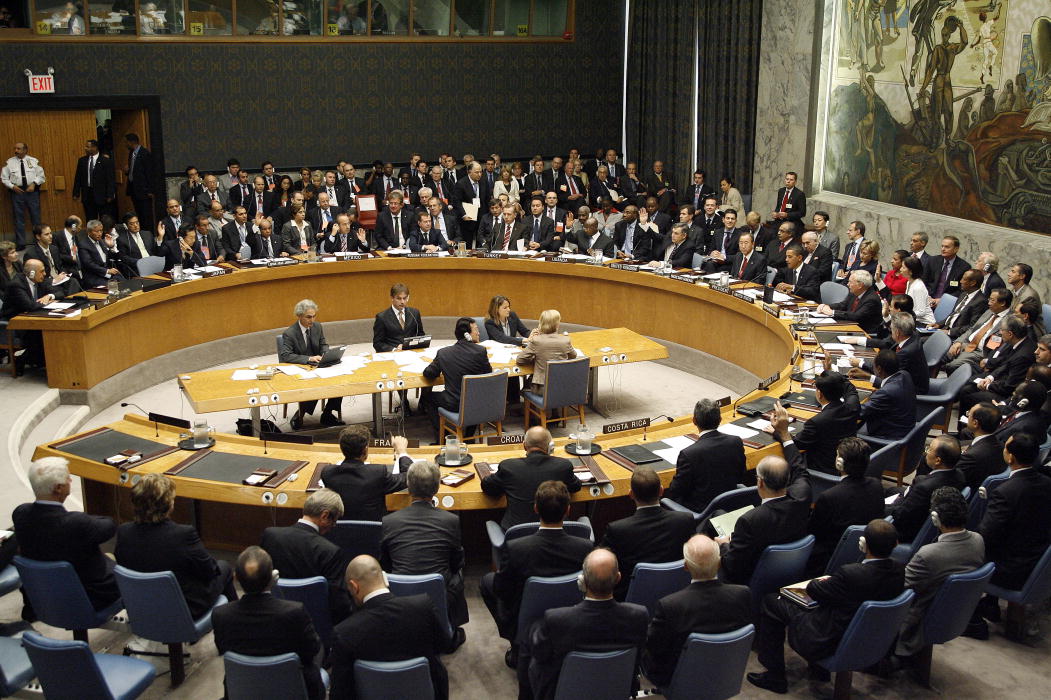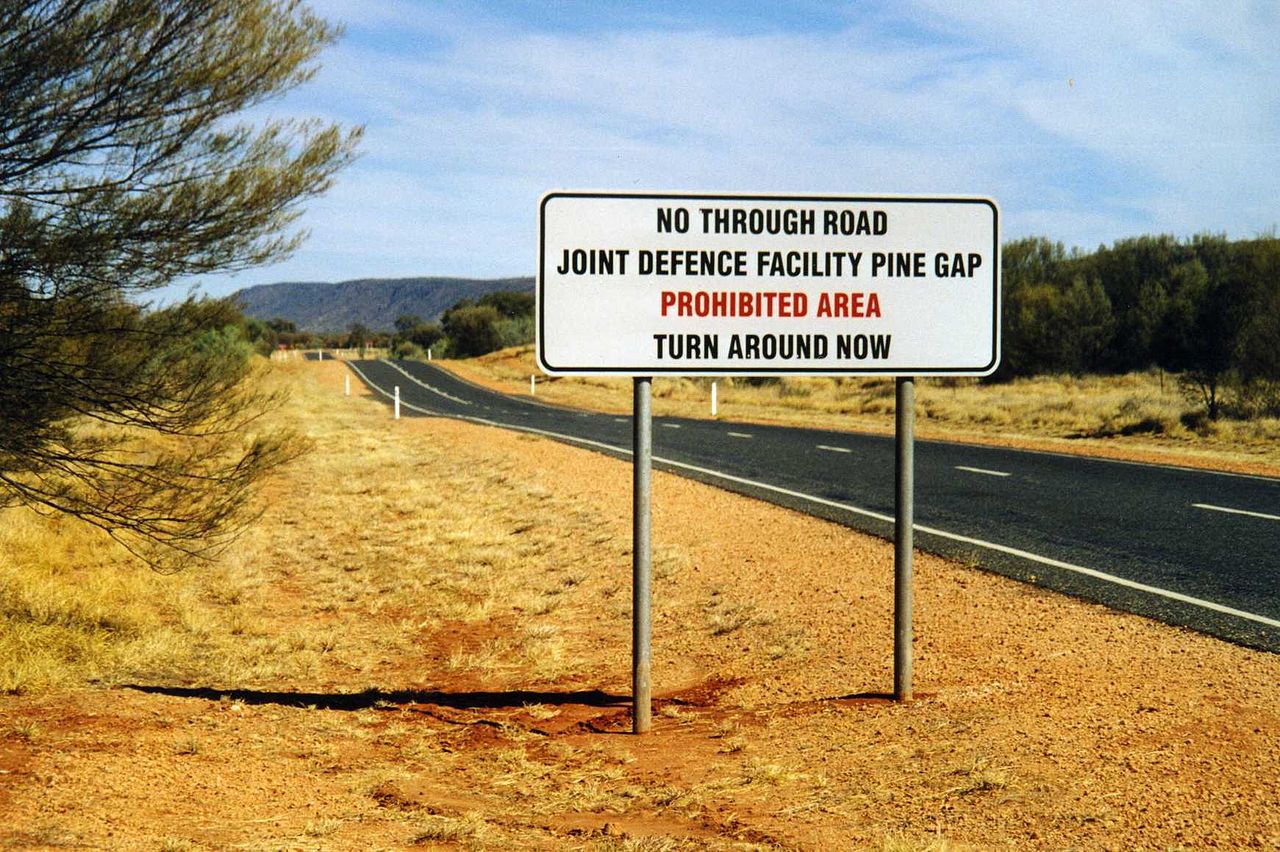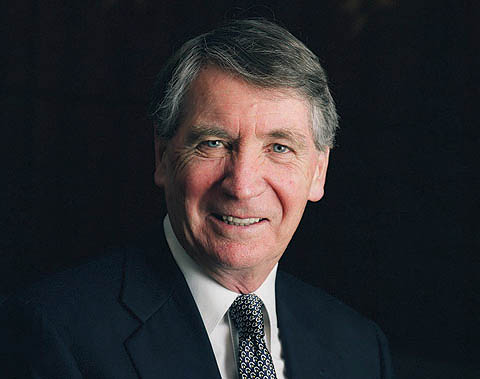People, the capability that matters most
Military organisations have a formalism for describing capability that involves a number of factors but there’s distressing tendency to focus on equipment and systems at the expense of some of the others. This focus is a useful, particularly when thinking about acquisitions. However, as the Australian Army knows, the capability that matters most is the quality of its people, which explains why it spends so much time and money on education and training.
Recently I had the privilege of speaking at the 2nd Commando Regiment’s new Captains course in Holsworthy. The topic was the educational requirements of future operations, and I felt privileged because it was good to be in the presence of young officers who were seeking ways to improve themselves and the institution they love.
As I reflected on what I would say I could not help but return to one of the points I made in my The Future of War Debate in Australia paper. There is no doubt that the Army possesses smart people, including many who hold advanced degrees similar to those that the 2 Cdo captains and I discussed. Yet I could not help myself from thinking that that was not enough. Having educated smart people is just one part of what is needed to make an effective Army. An institution that knows how to manage and get the best out of such people is the real enabling factor for creating a force that prides itself on achieving outcomes rather than outputs. Read more


